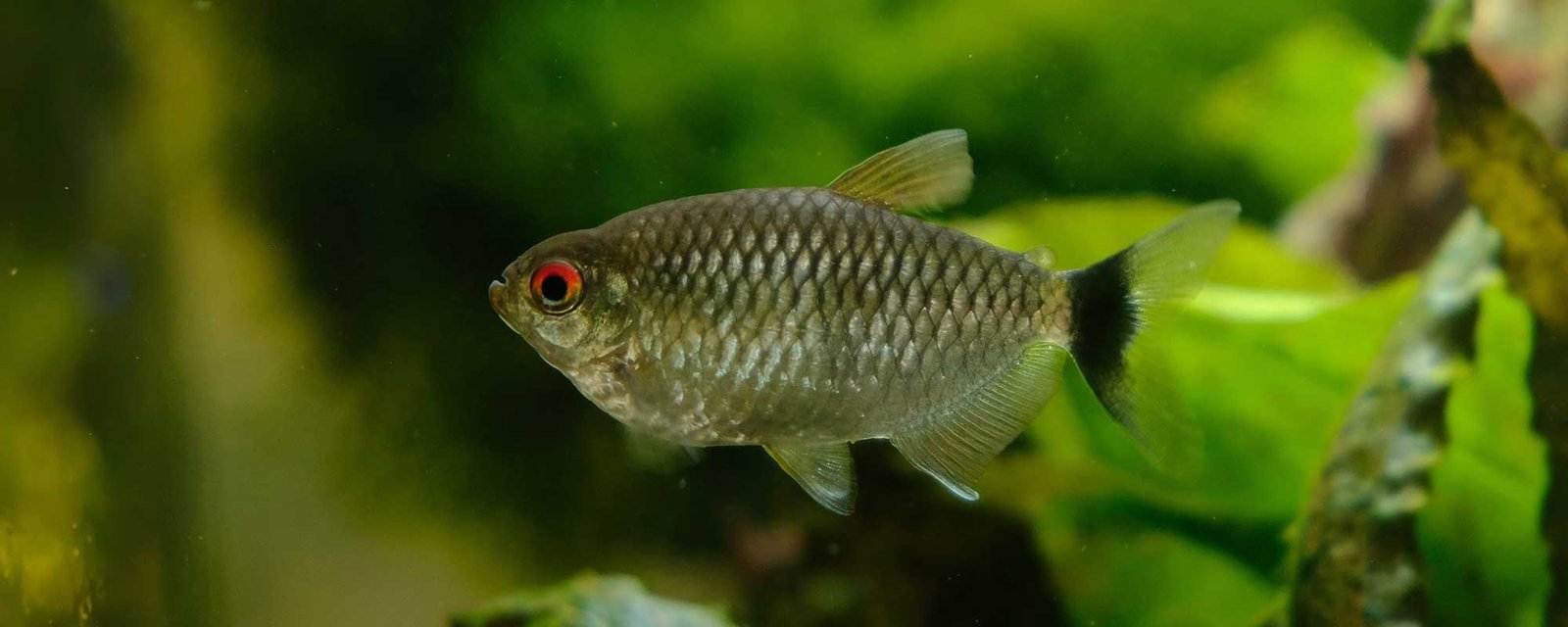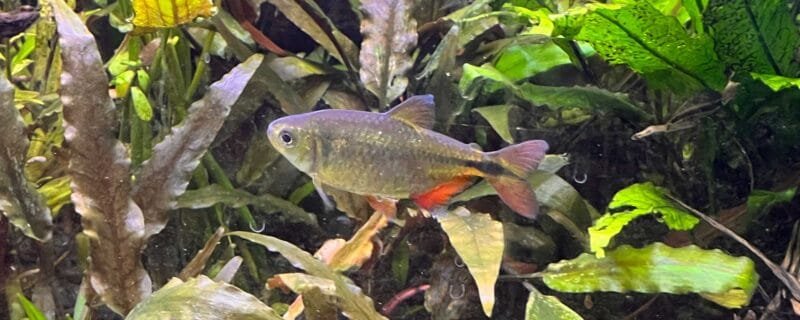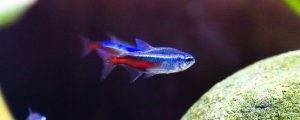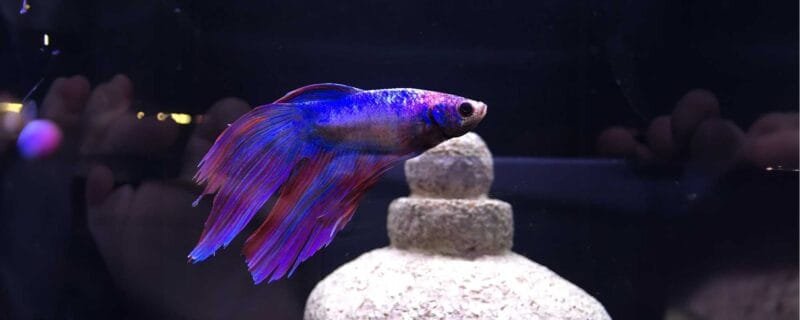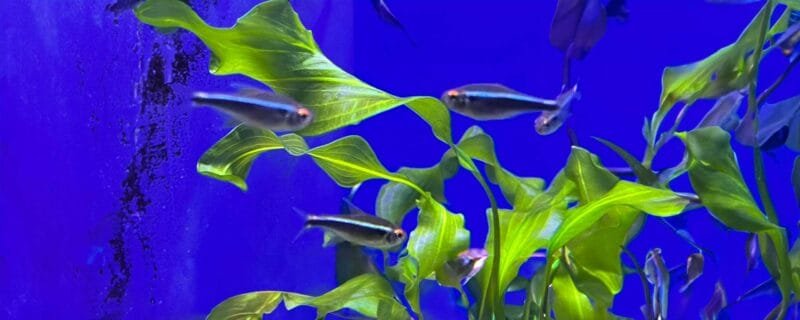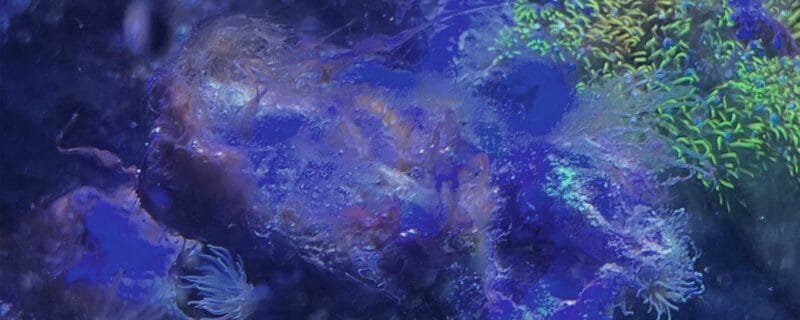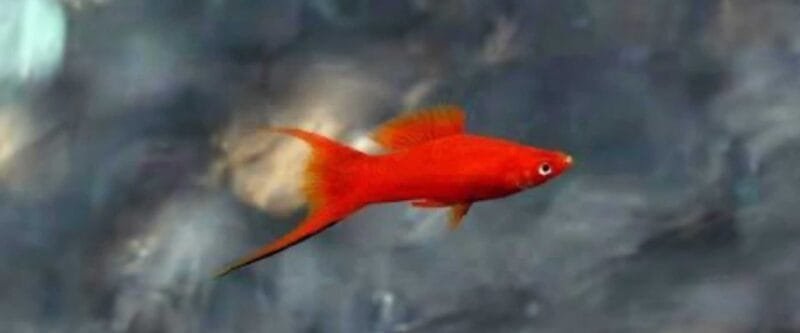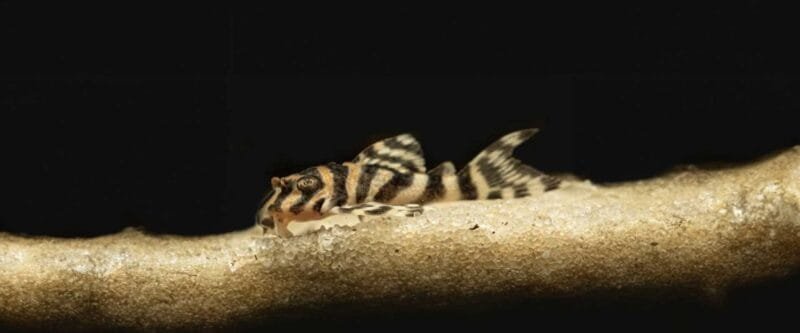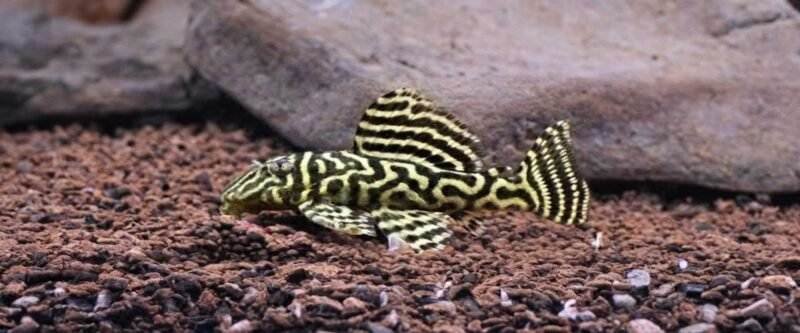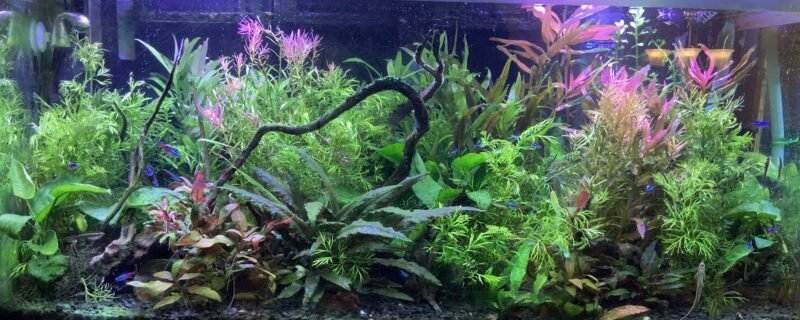Introduction
The Redeye Tetra, a popular freshwater fish in the aquarium hobby, is known for its lively behavior and distinctive appearance. This educational blog post explores the fascinating world of Redeye Tetras, offering insights into their care, behavior, and habitat requirements.
Latin Name and Native Habitat
The Redeye Tetra, scientifically known as Moenkhausia sanctaefilomenae, is native to South America, particularly in the Paraguay, Paraná, and São Francisco River basins. They inhabit a variety of freshwater environments, including rivers, streams, and floodplains.
Size and Appearance
An adult Redeye Tetra typically grows to about 2.5 to 3 inches in length. They are easily recognized by their silver body, red eyes, and a distinctive black spot near the tail, which adds to their visual appeal.
Diet
In their natural habitat, Redeye Tetras feed on small insects, crustaceans, and plant matter. In captivity, they thrive on a varied diet that includes high-quality flake food, frozen or live foods like brine shrimp and daphnia, and occasional vegetable matter.
Sexing and Breeding
Sexing Redeye Tetras can be subtle, as there are no prominent external differences between males and females. Breeding them in captivity is relatively easy, requiring a separate breeding tank with soft, acidic water and dense vegetation.
Water Conditions and Habitat
Redeye Tetras prefer water temperatures between 72°F and 82°F, with a pH level of 5.5 to 7.5. They thrive in a habitat with plenty of hiding places, like plants or driftwood, and a moderate current to mimic their natural environment.
Ease of Care
These fish are relatively easy to care for, making them suitable for both novice and experienced aquarists. They are adaptable and hardy, but maintaining good water quality is essential for their health.
Community Tank Compatibility
Redeye Tetras are peaceful and sociable, making them excellent for community tanks. They do well with other non-aggressive fish and are particularly suited for planted tanks where they can display their natural behavior.
Suitable Tank Mates
Good companions include other small tetras, rasboras, and peaceful barbs. Avoid housing them with large or aggressive fish that may intimidate or harm them.
Species Variations
While there are no significant subspecies within the Redeye Tetra, individual specimens may exhibit slight differences in the intensity of their coloration and the size of the black spot near their tail.
Conclusion
The Redeye Tetra is a delightful addition to any freshwater aquarium. Their ease of care, peaceful nature, and compatibility with a wide range of fish make them a favorite among aquarists. By providing them with the right environment and diet, these charming fish can thrive and bring life and color to your aquatic community.

